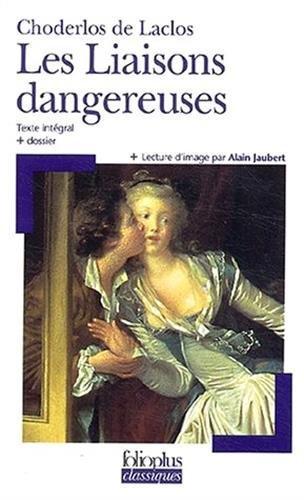lingua French
Pubblicato il 28 Settembre 2003

lingua French
Pubblicato il 28 Settembre 2003
Les Liaisons dangereuses (French: [le ljɛzɔ̃ dɑ̃ʒ(ə)ʁøz]; English: Dangerous Liaisons) is a French epistolary novel by Pierre Choderlos de Laclos, first published in four volumes by Durand Neveu from March 23, 1782. It is the story of the Marquise de Merteuil and the Vicomte de Valmont, two amoral lovers-turned-rivals who amuse themselves by ruining others and who ultimately destroy each other. It has been seen as depicting the corruption and depravity of the French nobility shortly before the French Revolution, and thereby attacking the Ancien Régime despite having been written nearly a decade prior to those events. The author aspired to "write a work which departed from the ordinary, which made a noise, and which would remain on earth after his death". As an epistolary novel, the book is composed of letters written by the various characters to each other. In particular, the letters between Valmont and the Marquise mark …
Les Liaisons dangereuses (French: [le ljɛzɔ̃ dɑ̃ʒ(ə)ʁøz]; English: Dangerous Liaisons) is a French epistolary novel by Pierre Choderlos de Laclos, first published in four volumes by Durand Neveu from March 23, 1782. It is the story of the Marquise de Merteuil and the Vicomte de Valmont, two amoral lovers-turned-rivals who amuse themselves by ruining others and who ultimately destroy each other. It has been seen as depicting the corruption and depravity of the French nobility shortly before the French Revolution, and thereby attacking the Ancien Régime despite having been written nearly a decade prior to those events. The author aspired to "write a work which departed from the ordinary, which made a noise, and which would remain on earth after his death". As an epistolary novel, the book is composed of letters written by the various characters to each other. In particular, the letters between Valmont and the Marquise mark up the majority of the plot, along with those of Cécile de Volanges and Madame de Tourvel. It has been adapted multiple times, including the successful 1985 play and subsequent award winning 1988 film adaption.